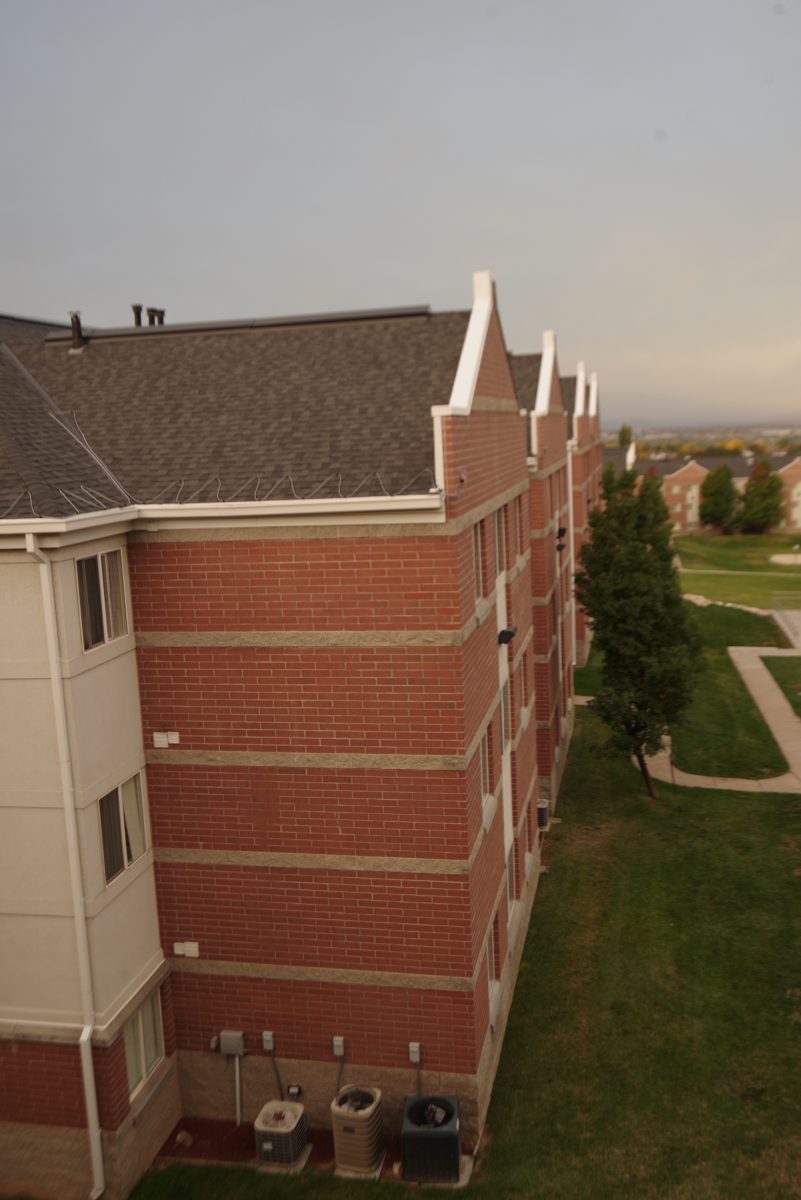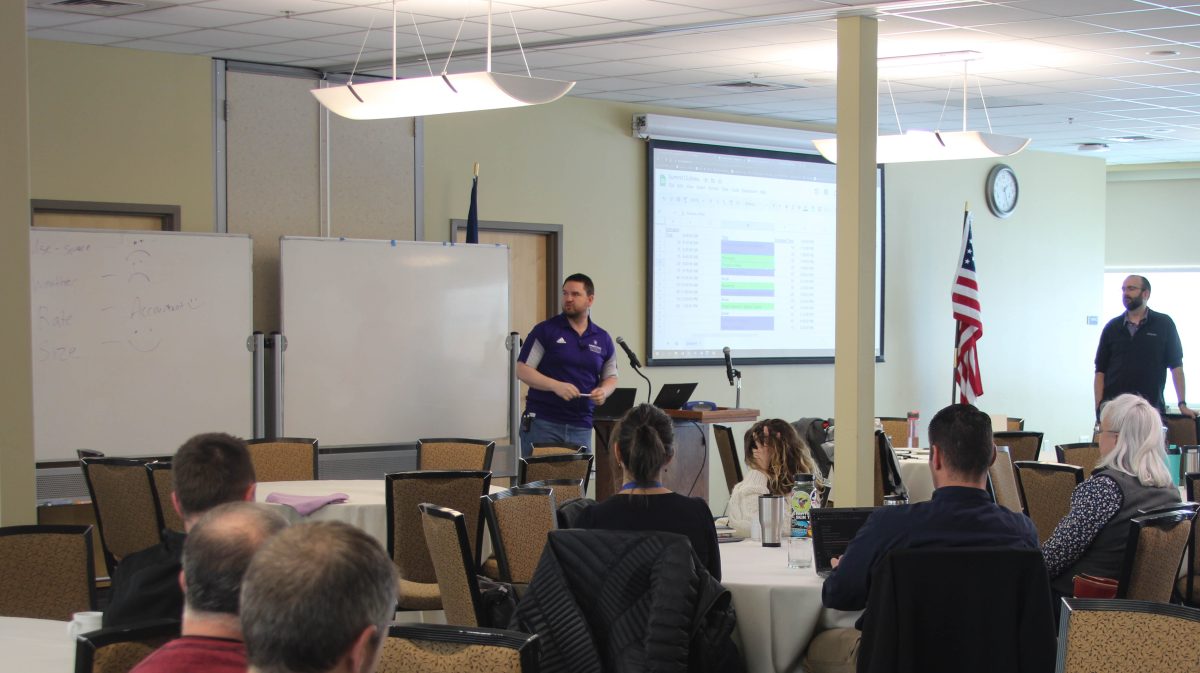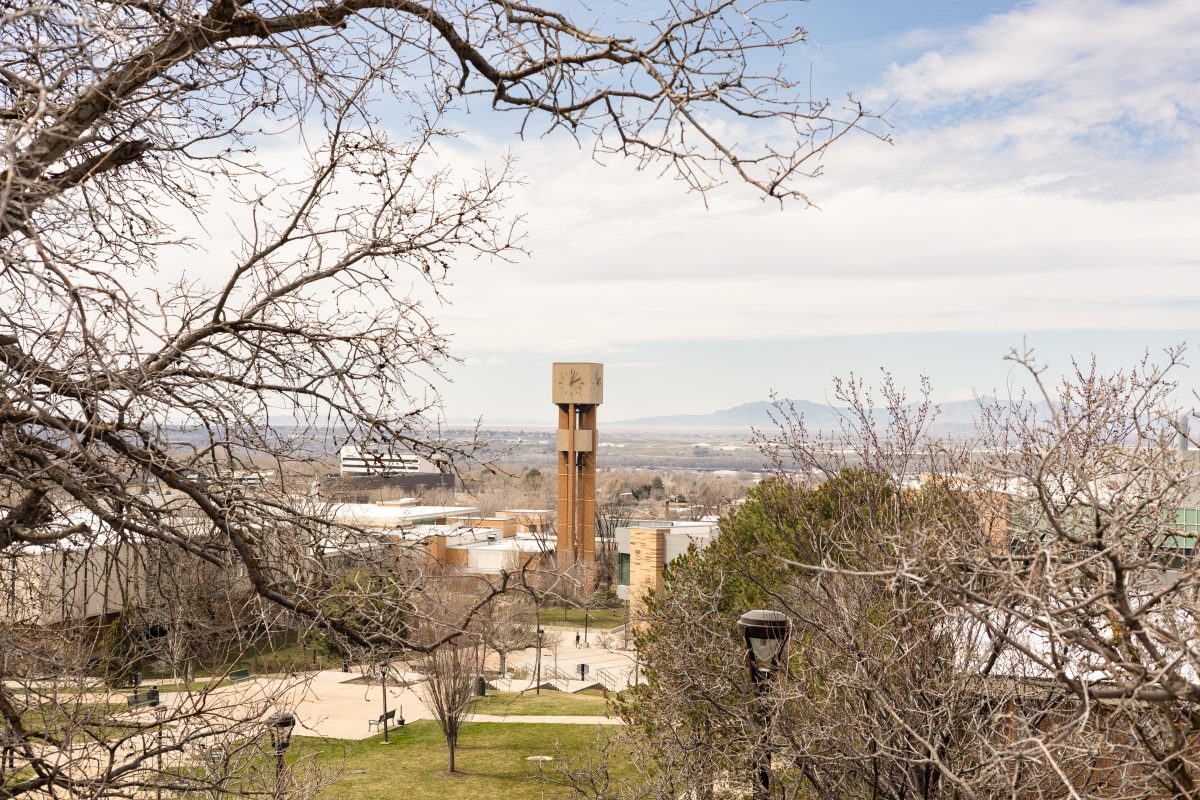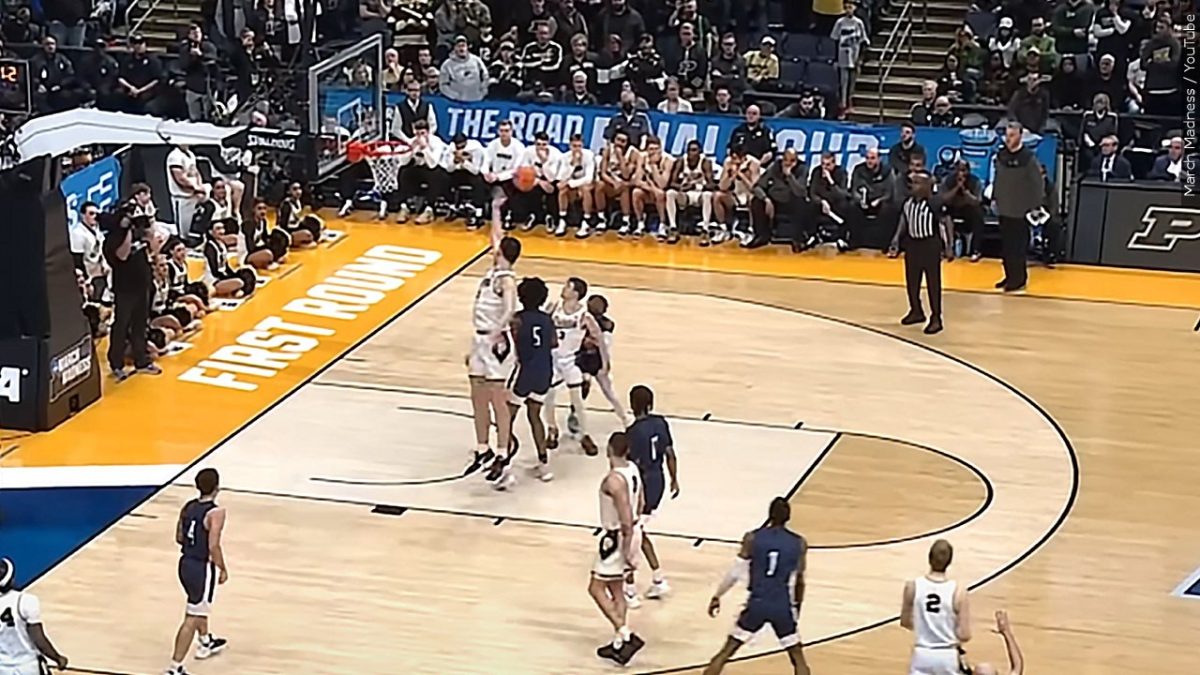My cousin killed himself on April 21, a week before WSU’s graduation. I was at a Jazz game with my dad when we got the call. My dad walked to the corner of the stadium and put his hands over his ears so he could hear, huddled against the wall. When he walked back to me, he was crying. “J.D. shot himself,” he said. “He’s dead.”
The next week was a blur. Our family clung to each other at his memorial and funeral, sharing memories and stories. As the days passed by and through all of the nights, there was an underlying current, the question we were afraid to ask: Why would he do this?
My cousin was outgoing, personable and talented. He was a semester away from graduation. NBA playoffs were just starting up, his favorite time of the year. From the outside looking in, it seemed his life was really just beginning.

I had never even considered that he needed help. The more my family talked, we realized we had let J.D. down in so many ways. Days before he committed suicide, he’d come to our family Easter party, sitting in a chair in the living room. I hadn’t even realized he was there. Like so many other things, I took him for granted. He was there, until one day he wasn’t.
High school and college students are at high risk for suicide attempts. The brain changes that occur in adolescence contribute to serious psychiatric disorders. According to the U,S National Library of Medicine, the first peak of depression typically occurs around ages 13 to 14, schizophrenia first appears around 18 to 19 and adult-onset bipolar disorder tends to begin around 19 to 20.
Academic failure and relationship difficulties, including dating violence, are frequent environmental triggers.
The fact is, there are everyday stressors and deadlines that make it incredibly difficult for students to relax. We’re always behind on homework, late for class and in a rush for work. We’re preoccupied with family problems, relationship drama and studying for our next test.
We’re constantly trying to juggle our social lives with our school and work schedules. Sometimes it can seem like there will never be a break.
Still, mental health professionals disagree on whether or not college stress can be blamed for the high suicide rate. Hovering around seven per 100,000, this rate is actually about half as low for students as for age-matched, non-student adults.
However, because there is no mandatory reporting of deaths as suicide on campus and because some students kill themselves at home, these numbers may be less accurate than in other populations.
Less than a year ago, these were all just numbers to me. I knew people from high school and in my community who committed suicide, but they were strangers. Of course, my heart went out to their families, but it was a distant feeling. It was out of my reach. Now, the pain is personal.
As I’ve done more research, I’m seeing that the pain is multiplied locally. According to Utah’s Public Health Data Resource, Utah has one of the highest suicide rates in the U.S. Suicide is the leading cause of death for Utahns ages 10 to 17 and the second leading cause of death for ages 18 to 24.
Completed suicides are only part of the problem. More people are hospitalized or treated in an emergency room for suicide attempts than are fatally injured. In 2014, 13 Utahns were treated for self-inflicted injuries every day.
It’s almost been six months since my cousin died, and I still think about him often. What would he have thought about the Golden State blowout in May? What would he have done after graduation? Where would he be right now?
I think about his girlfriend and his family. I think about his coworkers and his friends. I think about the people who came to his funeral who hadn’t spoken to him for years. The truth is, we affect more people than we could ever imagine.
At times, it can seem like we’re on an island and that everyone else has found their way onto a life raft, leaving us behind. This is never the case. We can always grow and we can always change. We’re never stuck in one place for long. If you hang on, things will get better.
If you or someone you know is feeling depressed or suicidal, you are never alone.
Available services:
National Suicide Prevention Lifeline: (800) 273-8255
National Alliance on Mental Illness Utah: (801) 323-9900




















